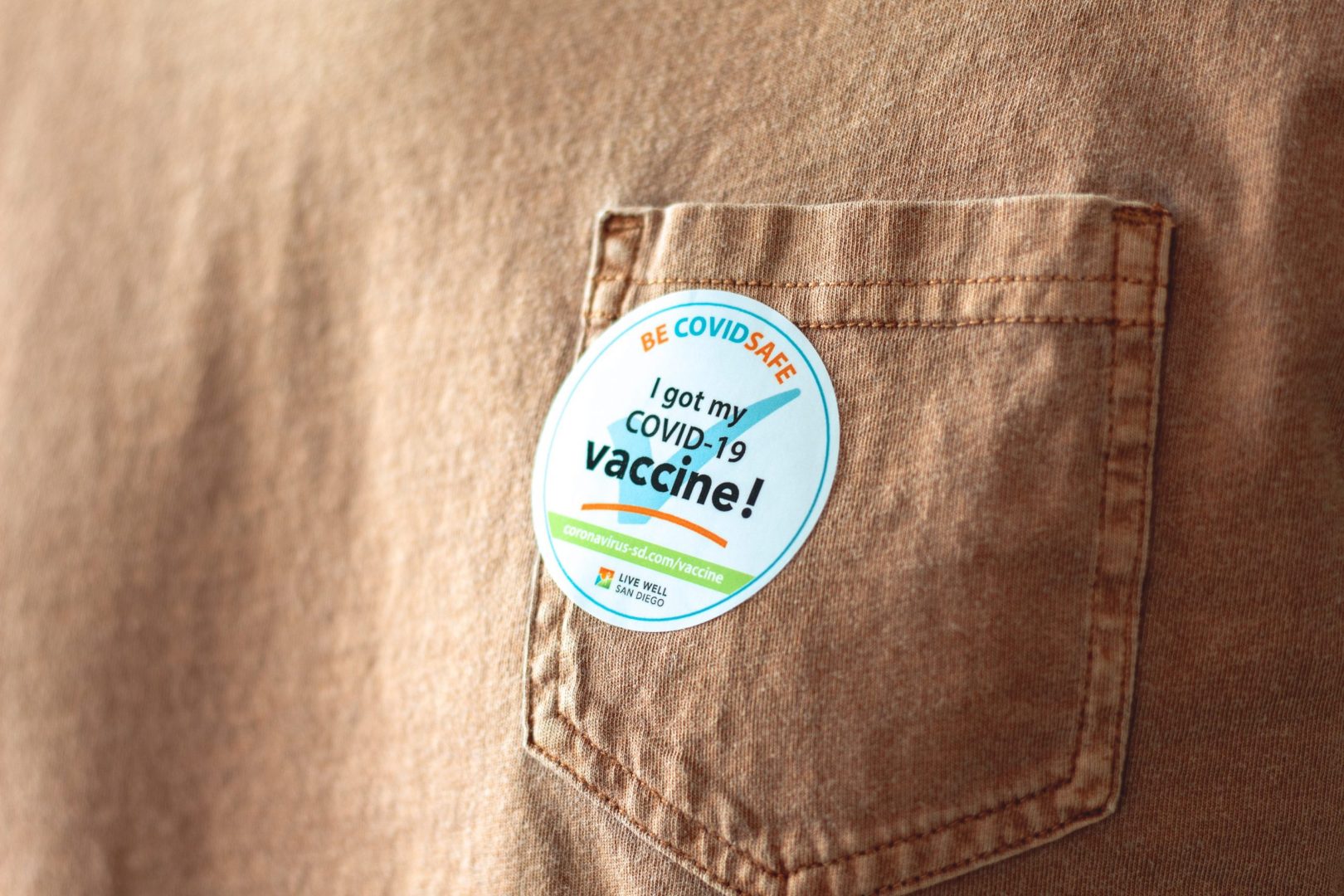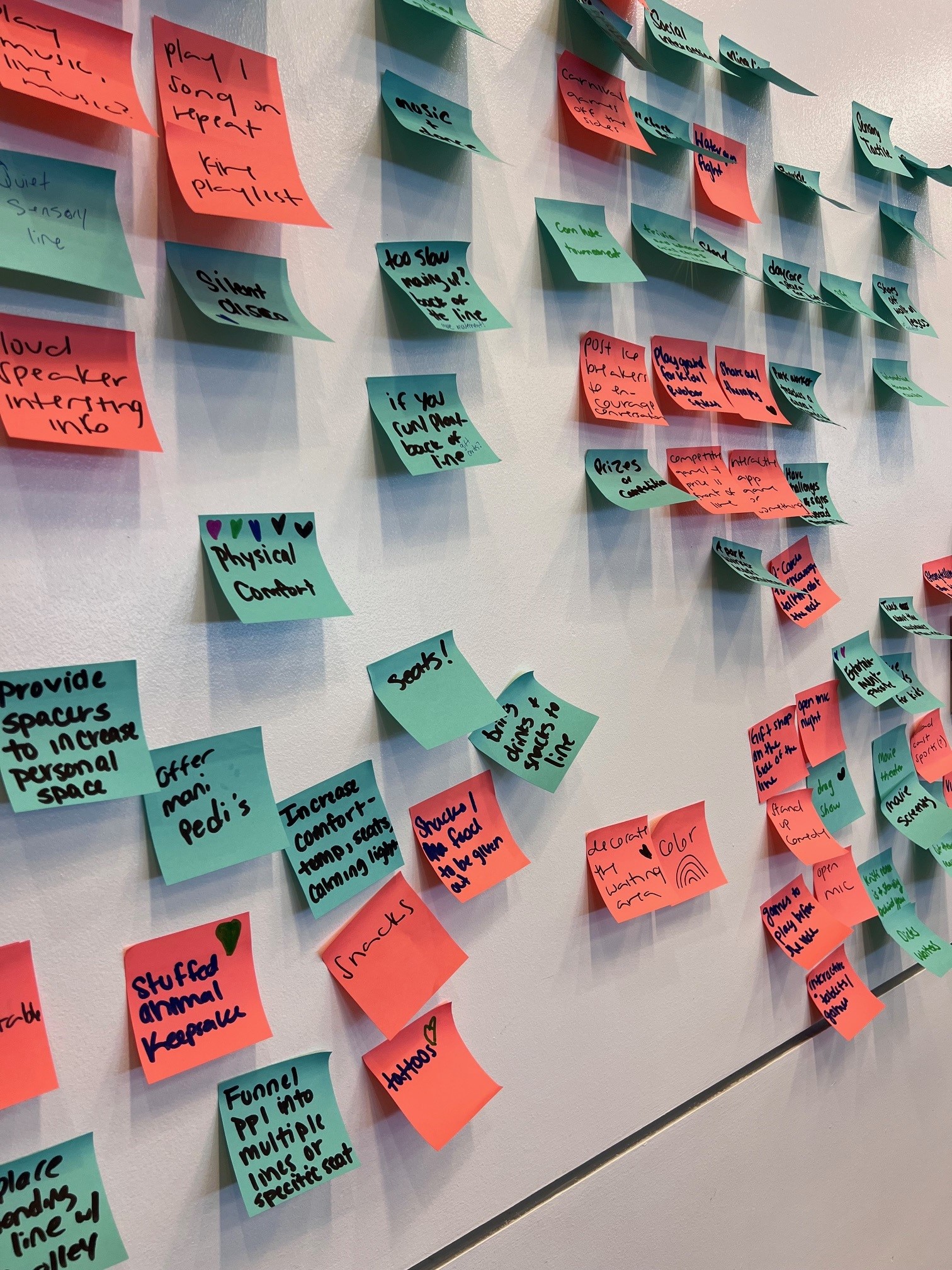Over-the-counter birth control is a game changer but it’s up to all of us to make sure access remains unrestricted for everyone.
Thrivology Youth Leaders is a diverse group of 10 exceptional young people aged 18-24. Each leader brings unique lived experiences and a strong commitment to ensuring that young people’s perspectives are central to care and education. In addition to providing valuable insights for our resource development, they serve as bridges to their own communities.
Our youth leaders enhance our resource development and dissemination efforts through collaboration with our project team and the research alliance. They act as change-makers in their communities, working diligently to build meaningful partnerships with local organizations and youth-supporting professionals. From rural Oklahoma to the heart of DC, our youth leaders offer unique perspectives and extend our reach to communities often left out of the conversation. To learn more about our leaders, check out their intro blog post.
While discussing the many ways that we can improve sex ed to be more trauma-informed, healing-centered, and inclusive, Lilith, Deb, and Mandy took a closer look at Opill. Read more about how the approval of this over-the-counter birth control is a step in the right direction for accessible birth control that truly meets young people where they are.
Opill cuts through the red tape that often restricts access to birth control.
Forget the hassle of scheduling a doctor’s appointment, finding childcare, or coordinating transportation. With Opill, you can ditch the wait (and cost)! Simply pick it up at the pharmacy during your next errand run, or have it discreetly delivered straight to your door each month. Opill also tackles the affordability barrier, too. It’s less expensive than traditional prescription birth control but is just as effective. Plus, with a Cost Assistance Program, it is even more accessible. Opill is eligible for payment with health savings accounts (HSAs) and flexible spending accounts (FSAs) and is increasingly covered by major insurance plans like CVS Caremark. Opill’s over-the-counter access has made huge strides in empowering people to take control of their reproductive health.
Birth control isn’t just for pregnancy prevention.
According to the CDC, in the United States, 6 to 12% of women and those with uteruses who are of reproductive age have Polycystic Ovarian Syndrome, otherwise known as PCOS. One of the most common symptoms is irregular and heavy menstruation, which birth control can help regulate. Opill can also help with acne and hirsutism for those impacted by the condition.
As someone with PCOS, progestin-only birth control, such as SLYND, has allowed Deb to gain regular periods, which is so critical for their reproductive health and preventing cancer. If they do decide to start a family someday, this can help with their fertility due to the regularity of their periods. Not everyone, however, can afford or is knowledgeable about this medication, as SLYND has been known to cost roughly $200 without insurance or the company’s coupon discount.
Birth control can have positive effects for more than just people with PCOS. For people with endometriosis, birth control can assist with alleviating pain and reducing the amount of lesions. Overall, birth control reduces painful cramping and PMS symptoms such as mood swings, bloating, and food cravings, reduces the chance of ovarian and endometrial cancer, and assists with menopause.
Birth control can have positive effects for more than just people with PCOS. For people with endometriosis, birth control can assist with alleviating pain and reducing the amount of lesions. Overall, birth control reduces painful cramping and PMS symptoms such as mood swings, bloating, and food cravings, reduces the chance of ovarian and endometrial cancer, and assists with menopause.
With one-third or 100 million Americans not having a primary care provider, those who suspect they have PCOS or other reproductive health conditions can take autonomy over their health with Opill.
Making contraception more accessible.
Opill’s Cost Assistance Program (CAP) is designed to make this over-the-counter birth control pill more accessible to low-income or uninsured individuals. This initiative is crucial for ensuring that financial barriers do not prevent individuals from accessing essential contraceptive care. To qualify for the Opill CAP, individuals must meet specific eligibility criteria. Eligibility for the Opill CAP requires that individuals are not covered by commercial or government-provided public insurance, such as Medicaid, Medicare, TRICARE, or VA benefits. Additionally, applicants must have a household income at or below 200% of the Federal Poverty Level, adjusted for household size. The program also extends to residents of the U.S. and certain U.S. territories, including the U.S. Virgin Islands, Guam, Puerto Rico, and the Northern Mariana Islands.
To access the cost assistance provided by the Opill CAP, individuals can visit the official Opill CAP website (OpillCAP.com). The website offers detailed information on the program, including the eligibility verification process and necessary documentation. The application process is designed to be straightforward, with support available in multiple languages to assist a diverse population. Furthermore, individuals can contact the program’s agents via a provided phone number to receive personalized guidance through the qualification process. This direct support ensures that applicants can understand and complete the necessary steps to access reduced-cost or free Opill.
For those who do not qualify for the Opill CAP, there are still options to reduce the cost of Opill. The official Opill website offers a 5% discount on subscriptions for Opill delivery. This discount, while not as substantial as the CAP, provides some financial relief for individuals purchasing the medication out-of-pocket. Public health organizations, such as Power to Decide, advocate for broader access and have praised the implementation of the Opill CAP. These programs are critical in removing financial barriers and increasing access to contraception, which is essential for reproductive autonomy and public health equity.
Imagine living in a rural community where healthcare appointments mean taking a day off school and driving an hour away. Now imagine needing birth control, this is the struggle Lilith and so many women faced before Opill. This first-ever over-the-counter birth control pill ditches the prescription requirement, making it easier than ever for rural communities to access effective birth control. No more long drives or waiting room hassles—Opill brings birth control right to the pharmacy shelf, empowering women in remote areas and “contraceptive deserts” to plan their families on their own terms.
Opill is available without age restrictions.
Opill, the first over-the-counter birth control pill approved in the U.S., is available without any age restrictions. This universal access was a significant aspect of the FDA’s approval, aiming to expand contraception availability to as many individuals as possible. The decision to remove age limitations reflects an effort to eliminate barriers to reproductive healthcare and promote greater autonomy over reproductive choices
Despite the FDA’s decision to allow Opill without age restrictions, concerns have arisen about potential state-level restrictions. These concerns stem from the broader political and social climate surrounding reproductive health following the U.S. Supreme Court’s 2022 Dobbs decision, which overturned Roe v. Wade.
Despite the FDA’s decision to allow Opill without age restrictions, concerns have arisen about potential state-level restrictions. These concerns stem from the broader political and social climate surrounding reproductive health following the U.S. Supreme Court’s 2022 Dobbs decision, which overturned Roe v. Wade. This decision has led to increased scrutiny and potential regulatory actions concerning reproductive health products and services, including contraception. However, as of now, no states have enacted specific restrictions on Opill, meaning it remains accessible to all age groups across the United States.
The unrestricted availability of Opill is particularly beneficial for adolescents and young adults, who often face significant barriers to accessing contraceptive care. These barriers include the need for parental consent, transportation issues, and concerns about confidentiality. By allowing over-the-counter access without age restrictions, Opill can provide a crucial option for young people seeking to manage their reproductive health discreetly and independently.
Moreover, healthcare providers and public health advocates have widely supported the move, emphasizing that unrestricted access to Opill can reduce unintended pregnancies and support broader public health goals. The availability of Opill in various retail and online outlets further ensures that individuals across different regions, including those in contraceptive deserts, have equitable access to birth control.
But will it stay that way?
Unfortunately, everyone doesn’t have a safe environment to receive birth control and other reproductive health medicine with openness. Twenty-three states have restrictions on how and why minors can use birth control.
We urge you to look into local community places for Opill, such as period pantries, abortion funds, reproductive justice organizations, reproductive health or family planning clinics, colleges, universities, and departments of health facilities. If you can’t pick up Opill because of a lack of transportation or accessibility, Opill has discreet packing that can be shipped through a 3-pack or 6-pack.
Additionally, it’s important to stay up to date with legislation at all levels—local, state, and federal—especially during election seasons! You can find local reproductive health legislation and candidate stances through resources such as the League of Women Voters’ Vote411, your state’s official government website, local advocacy groups and social media outlets. Learn more about how a legislative bill becomes a law–and how you can use your vote and voice to drive change!
PHOTO CREDIT: Reproductive Health Supplies Coalition on Unsplash










